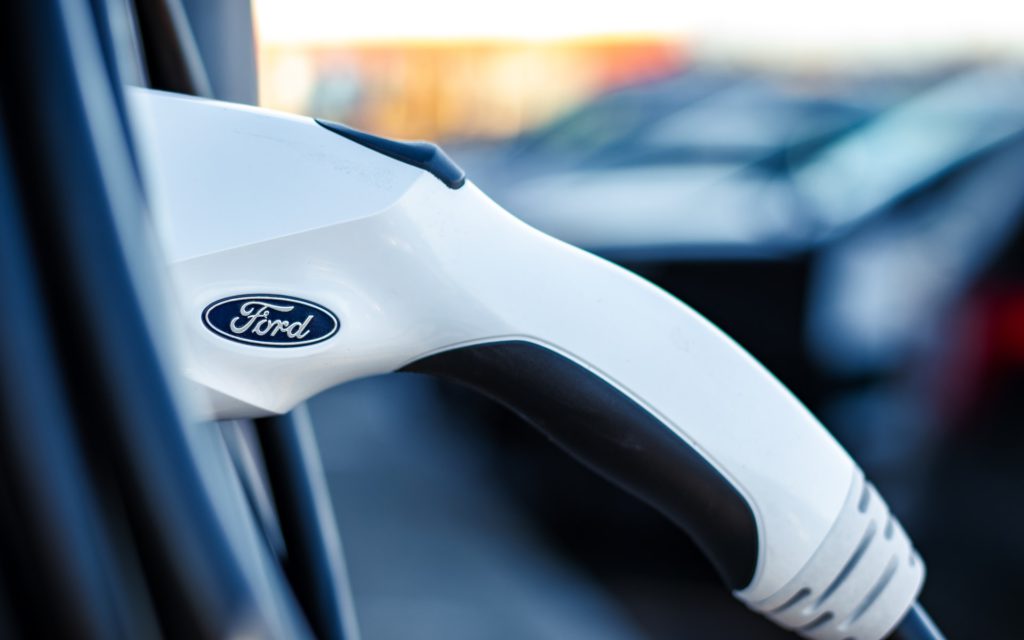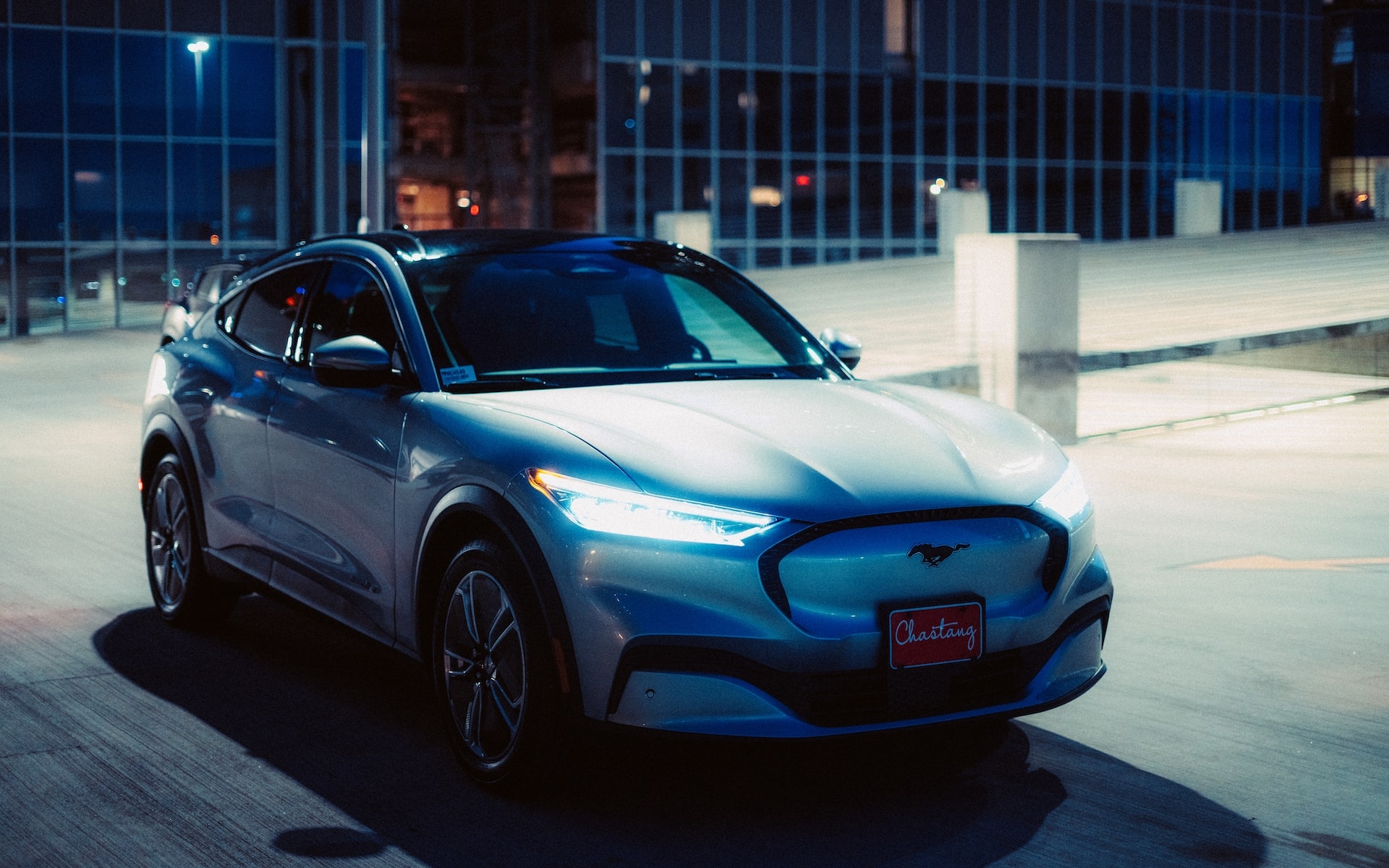|
|
Manufacturers like Ford are investing billions of dollars this decade in EVs. Is this the end of the road for Internal Combustion Engine (ICE) cars, or will they remain a part of the industry?
Big picture: Ford has announced a $50 billion investment in EVs as these vehicles become more popular.
- Ford is trying to chase Tesla’s business model with lower overhead costs and higher profits.
- Ford will keep the Mustang’s ICE, but a hybrid or electric model could come by the decade’s end.
- ICE cars are here for now, but bodies like the EU are trying to phase them out.
- Sports car manufacturers are also making the transition to EVs.
In reality: ICE cars are far more prevalent than EVs, but manufacturers feel pressure from investors to shift to EVs because of profits and climate change.
The world has shifted gears toward greener initiatives in the past few years. People and companies have started to take climate change seriously as its effects start to show. Consumers want more sustainability, and one sector moving forward with greener products is the automotive industry.
Manufacturers’ green goals, such as Ford’s investment in EVs, have made many people wonder what’s next for internal combustion engine (ICE) cars.
Dig deeper → 3 min
How much Is Ford (and other auto manufacturers) investing in EVs?
The EV craze has been around for two decades or more. One of the industry leaders for EVs is Tesla. Elon Musk’s company released its first all-electric vehicle back in 2008. Before that, Toyota unveiled the Prius worldwide in 1997.
Some automakers brushed off EVs because they weren’t as popular yet. But Toyota’s and Tesla’s investments in these cars have paid off as the future of the automotive industry heads toward electric.
In the 2020s, other manufacturers have started to get on board with EVs as they see an opportunity to combine the best of both worlds: Being environmentally conscious and increasing profits. Tesla’s push for EVs has inspired other companies to mimic its business model and invest. Ford’s investment in EVs is a primary example.
Ford announced in early 2022 that it would increase its investment in EVs. The original venture was going to be around $30 billion, but the company known for blue ovals has increased that number to $50 billion through 2026. Ford’s decision comes as it tries simultaneously to cut costs and increase profits.
Ford plans to separate itself from Tesla through its sales model. Tesla sells directly to the consumer with no dealerships or other third parties to sell its vehicles. However, Ford plans to keep the dealerships running.
The manufacturer has given dealerships until the end of October 2022 to decide if they want to join Ford’s EV certification program. The dealerships opting in will receive more EVs from Ford.
What’s next for ICE cars?
Ford’s investment in EVs, coupled with battery-electric vehicles (BEVs) becoming more popular, leaves some asking what will happen next for ICE cars.
The short answer is that these vehicles are still prevalent and won’t go away soon. Governments and ruling bodies like the European Union (EU) are trying to phase out gasoline-powered cars, but doing so will be challenging.

Manufacturers like Ford have decided to split EV research and production from its ICE cars. With its $50 billion investment, Ford announced that it’s separating the two types of vehicles but keeping them under the blue oval brand. Part of the reason was to appease investors.
Wall Street stakeholders have been pressing auto manufacturers like Ford and GM to go big on their EV investments because that seems to be where the industry is going.
With Ford moving to EVs, what’s next for muscle cars?
When people hear of Ford’s investment in EVs, one of the questions they may ask is what these developments mean for the Mustang. The Mustang is one of Ford’s most popular vehicles, with a nearly 60-year history.
The vehicle was so popular that it inspired Chevrolet to make the Camaro, Dodge to build the Challenger, and Pontiac to create the Firebird. The future of the Mustang remains with ICEs for now, but the future looks like it lies in BEVs.
The 2024 Mustang will have an EcoBoost engine with better fuel efficiency than past models, but drivers will still use gasoline. Ford has held off making a hybrid or electric version of the Mustang.
Its competitors are already looking toward EVs, with Dodge unveiling its plans for the Dodge Charger Daytona. If Ford unveils a hybrid or EV Mustang, those plans will likely come later in the decade.
Although it’s not the original Mustang most are familiar with, there is an electric Mustang SUV on the market. Ford started selling the Mustang Mach-E in December 2020. This SUV is a part of Ford’s investment in EVs and is a way to give Mustang lovers an electric vehicle without changing the Mustang yet.
The Mach-E has a driving range of 230 to 300 miles on a single charge. The GT model retains the speed and acceleration of ICE cars with a 0-60 mph time of 3.5 seconds and 480 horsepower. The standard models have between 266 and 290 horsepower. The Mach-E’s battery goes under the vehicle, creating more room for passengers inside the car.
What happens to sports cars?
Electric vehicles are becoming more prevalent yearly as manufacturers have made these vehicles better and more affordable for the public. The electric vehicle wave trickled into muscle cars, as consumers have seen with automakers like Dodge. But what about luxury vehicles?
Will sports cars from Ferrari, Porsche, and more follow the electric movement?
The answer looks to be yes. Some of the most highly lauded cars in the world plan to go electric during this decade. In June 2022, Ferrari announced plans to produce its first electric sportscar by 2025. By 2030, Ferrari will allot about 40% of all its production to fully electric vehicles.
Ford’s investment in EVs, along with Ferrari’s, would change the dynamics of “Ford vs. Ferrari” and may require a remake with the new technology.
Maserati is another luxury car manufacturer looking to the future. In 2020, the automaker from Bologna, Italy, announced an investment of nearly $900 million to refurbish vehicles for new hybrid and electric models. Now, Maserati says it will unveil a new line of EVs under the Folgore name, and these models should arrive as soon as 2023.
How Much Gas Do ICE Cars Have Left?
Gas-powered vehicles have been around for over a century and will stick around for a while longer. In the United States alone, nearly 300 million passenger cars use gasoline. EVs only accounted for about 2% of all new vehicles sold in 2020.
However, with the environment in mind, automakers and consumers are looking to electric and other eco-friendly options. Ford’s investment in EVs and similar plans from other manufacturers make the writing on the wall obvious. It may take a while, but EVs are the future. ICE cars will begin to dwindle in market share.
If you’re interested, talk to your local Ford dealership to see their plans for the manufacturer’s EV program. Their participation could determine how accessible EVs are in your area this decade and beyond.
About the author
Oscar Collins is the editor-in-chief at Modded, where he writes about cars, sustainability, and similar topics. Follow him on Twitter @TModded for frequent updates.













No Comments